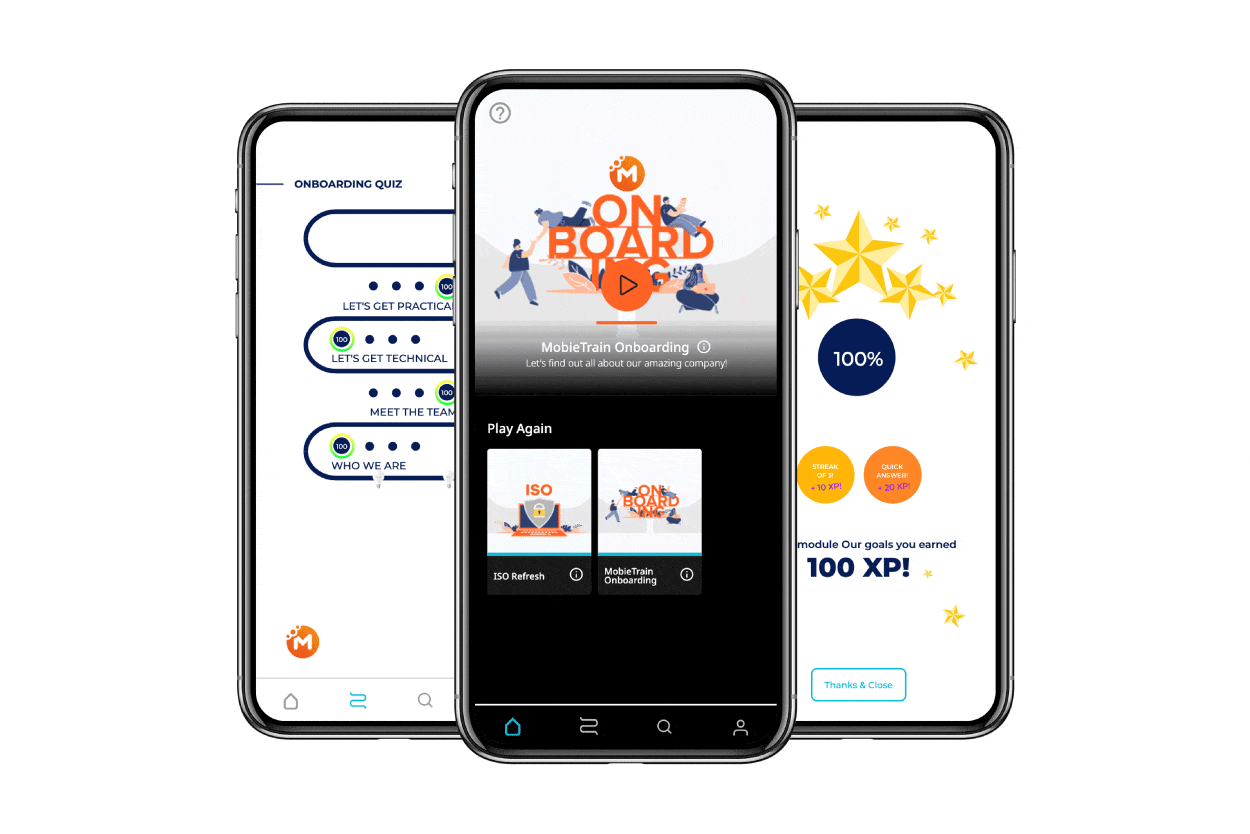Onboarding and reboarding employees: essential tips

Covid has taught us that change is inevitable. In recent times, companies have had to adapt quickly to new circumstances. In your organisation, change may not have meant a great deal of effort, but you may have had to start a transition to a completely new company structure. In these situations, on-boarding and re-engagement of staff is often necessary. In this blog, we will guide you through the essential tips for onboarding and reboarding employees.
Differentiate between onboarding and reboarding
Firstly, it is essential to distinguish between onboarding and re-engagement. Onboarding aims to make new employees feel at home in their new job. They should be familiar with all the company’s processes and expectations. In 2010, Tayla Bauer developed an onboarding model that should ensure a successful onboarding programme. The model consists of the following 4 C’s: Compliance, clarification, culture and connection.
- Compliance: forms the basis of incorporation. It addresses the company’s ground rules, employee illness and safety standards.
- Clarification: involves the position and expectations of the employee and the company. The employee’s personal goals should also be taken into account.
- Culture: refers to the culture of the company. The mission, vision and values of your company should be presented to new employees.
- Connection: This might be the most important C. After all, if a new employee does not feel comfortable in the company, he/she might leave. Make sure you familiarise your new employee with the company’s social structure, groups, subgroups and networks.
Once you have ticked all the C’s, you should not stop supervising your new employee. The effort you put into your staff is reflected in your company’s results.
The onboarding process is intrinsically different from the re-employment process. When you rehire employees, you are essentially rehiring them, i.e. they are already familiar with the company. You may be rehiring employees because your company has changed to a new business structure. In that case, you will need to pay special attention to alignment. Clear communication is required, as you will have to guide the staff as pleasantly as possible through the re-induction process. You can learn more about this in our blog on change management.
Develop a reboarding solution
As discussed above, you must guide staff through the re-engagement process. First, a re-engagement solution must be developed. This means that all members of the company must be in agreement so that no misunderstandings or unpleasant surprises arise.
You should also be fully transparent with employees you wish to rehire. They may question your competencies if they have been dismissed. Take responsibility for notifying them of what has happened and why they are essential to the company.
It may also be the case that rehired employees do not return to the same job as before. Especially in these cases, they need to be provided with well-founded training and resources. MobieTrain offers a mobile microlearning solution that allows your employees to re-engage anywhere, anytime.
Choose Smart, Choose MobieTrain
Although the onboarding process is part of the employee journey, it is something that is sometimes overlooked. Make sure you’re not one of those people and strategically leverage the skills of your onboarded and reboarded employees. If you’re curious about what we can do for your organisation, you can book a free demo.

